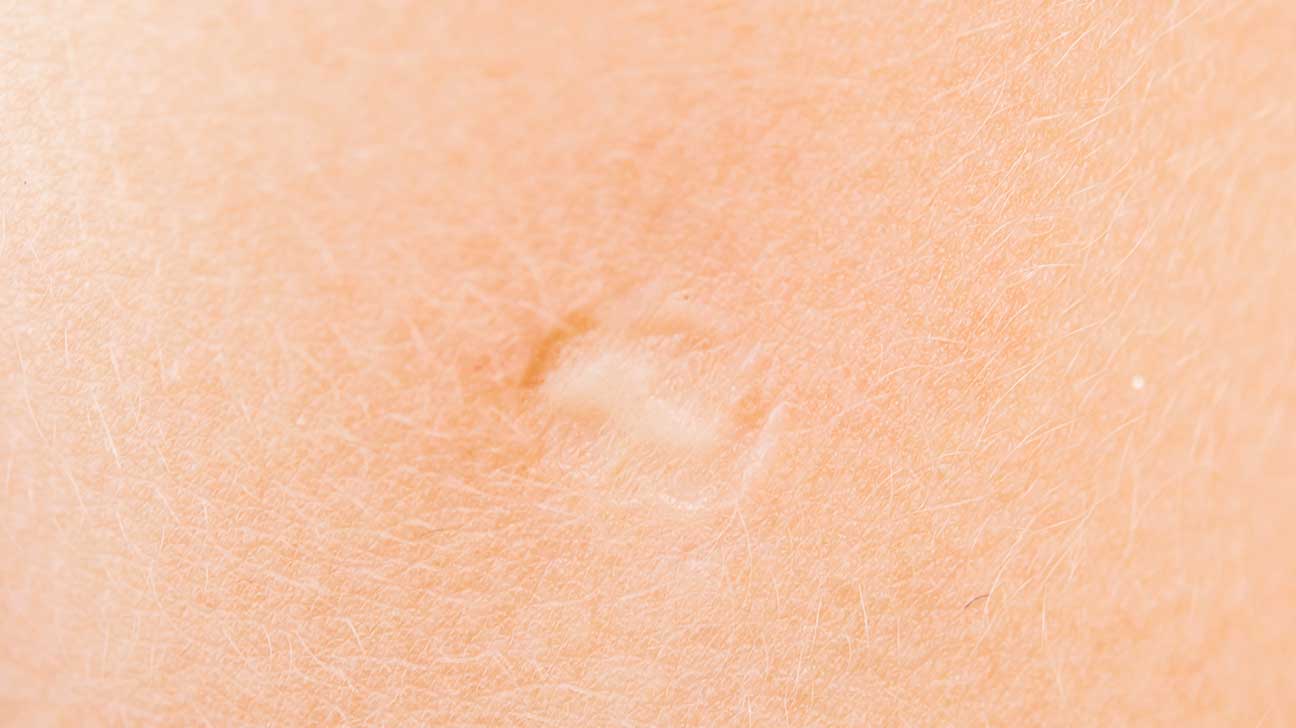On their left arm, many people have a small, round scar that varies in size and shape from person to person. But from where did this scar originate? Well, those with a scar like this have received the small pox vaccination. Before the 1970s, smallpox was considered a severe problem, and this vaccination was required.
The Vaccinia virus was employed by physicians to stimulate an immune response intended to shield patients from the smallpox-causing Variola virus.
A split needle dipped in vaccine fluid was used by the doctors. Then each person’s arm was prodded repeatedly. A quantity on the vaccine was released as the needle punctured the skin. This is why a scar appeared after the blisters at the injection site disappeared.
Immediately upon vaccination, a minor swelling developed and persisted for 6–8 hours. The place would then appear normal and the swelling would go away. After 6-8 weeks, a swelling that resembles a mosquito bite returned to the same location. It then began to expand and develop into a nodule. The nodule would rupture and exude fluid, resulting in the formation of a blister.
The entire process might take 2 to 5 weeks, and occasionally the blister-forming process would repeat itself two or three times. This is how the scar was created, and it will always be with the person.
After the 1970s, smallpox was eradicated from the majority of the world’s nations. Therefore, unless someone wished to visit nations where the virus was still present, no immunization was required. After 1980, the Variola virus was considered to have been completely eliminated from human populations worldwide.
Overview of smallpox
Smallpox is a contagious viral illness that results in a severe skin rash and fever. The most important smallpox outbreaks in the 20th century resulted in an estimated 3 out of 10 deaths from the virus while many others suffered disfigurement, according to the Centers for Disease Control and Prevention. Fortunately, a vaccination against this virus has been developed by researchers.
The development of a smallpox vaccine was a significant medical advance. But the vaccination left behind a recognizable scar. This dermal layer is where the virus begins to spread and replicate. A papule, a tiny, round bump, develops as a result of this. The papule then transforms into a vesicle, which resembles a fluid-filled blister. Eventually, the blistered area will scab over. While this shows what most medical professionals would consider to be a successful immunization, some people might still have a scar.
Scars from vaccination against smallpox, for example, develop as a result of the body’s normal healing process. The body responds quickly to an injury to the skin by repairing the tissue. Scars are the end result. The skin fibers in the scar are still part of the skin tissue; they are simply organized in one direction as opposed to several. Normal skin cells take time to grow, however scar tissue might do so more quickly.
Small and spherical in shape, the smallpox scar is typically lower than the skin around it. Larger scars may be present on others. Sometimes they may itch, and the skin around them may seem tighter.
How to Fade a Scar
Treatments for smallpox scars are comparable to those for normal scarring. Following are some pointers for lessening the prominence of the scar:
Always cover the scar with sunblock. Scar tissue may get darker and thicker after exposure to the sun. This can accentuate the appearance of a smallpox vaccine.
using creams that soften skin. These might aid in lessening the scar’s visual impact. Examples include ointments made with aloe, cocoa butter, natural oils, or allium cepa (onion bulb) extract. Science has not established that these procedures will fully eliminate scar appearance, nevertheless.
Visiting a physician.
By eliminating the topmost layers of the skin, dermabrasion facilitates recovery. This scar therapy technique yields inconsistent results.
Revision of scars.
The damaged skin is removed during this procedure, and the scar is then sewn back together. While another scar is produced as a result, hopefully the new scar won’t be as obvious.
grafting skin. You can discuss skin grafting with a doctor. New, healthy skin grows in place of the scarred area. However, the skin’s margins near the transplant site could appear noticeably altered.




